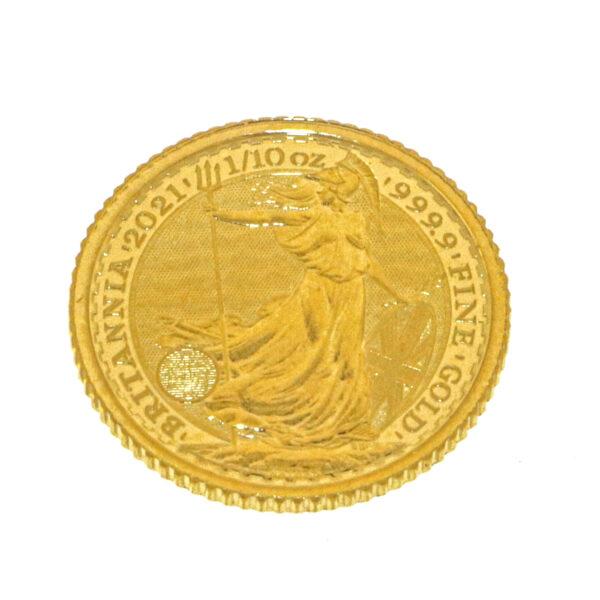Gold has captivated human civilization for thousands of years, and gold coins are among its most enduring symbols of wealth, culture, and craftsmanship. Whether you’re an investor looking to diversify your types of gold coins portfolio or a collector searching for rare pieces, understanding the types of gold coins is essential to making informed decisions.
In this guide, we’ll explore the major categories, historical significance, and features of the different types of gold coins available worldwide.
Why Gold Coins?
Before diving into the various types, it's important to understand why gold coins are so popular:
-
Tangible Wealth: You own a physical asset that holds real value.
-
High Liquidity: Gold coins are easily bought or sold globally.
-
Inflation Hedge: Gold maintains its value even during economic downturns.
-
Collectible Appeal: Some coins gain additional value due to rarity, history, and design.
Main Types of Gold Coins
1. Bullion Gold Coins
Bullion coins are primarily produced for investment. They are minted by governments and contain a precise amount of pure gold, usually 99.9% or higher (24 karat).
Popular bullion coins include:
-
American Gold Eagle (USA)
-
Canadian Gold Maple Leaf (Canada)
-
British Gold Britannia (UK)
-
Australian Gold Kangaroo (Australia)
-
South African Krugerrand (South Africa)
-
Austrian Gold Philharmonic (Austria)
Key Features:
-
Weight options range from 1/10 oz to 1 oz and beyond.
-
Legal tender status (though face value is symbolic).
-
Ideal for investors seeking stable, tradable gold.
2. Collectible (Numismatic) Gold Coins
Numismatic coins are valued not only for their gold content but also for their rarity, condition, and historical importance.
Examples:
-
Double Eagle $20 Coin (USA, pre-1933)
-
British Sovereign (UK, 19th & 20th centuries)
-
1 Pahlavi Gold Coin (Iran)
-
French 20 Francs Gold Rooster (France)
-
German 20 Mark Wilhelm II Coin (Germany)
Key Features:
-
Often minted decades or centuries ago.
-
Value can be significantly higher than gold weight due to collector demand.
-
Condition and mint year affect pricing.
3. Commemorative Gold Coins
Governments and mints occasionally release gold coins to celebrate types of gold coins significant events, anniversaries, or cultural icons.
Examples:
-
Royal Mint’s Queen Elizabeth II commemorative coins
-
US Mint’s 9/11 Memorial Gold Coin
-
India’s Mahatma Gandhi Gold Coin
Key Features:
-
Limited mintage, enhancing collectibility.
-
Beautiful, themed designs.
-
May hold both collector and bullion value.
4. Historical Gold Coins
These are authentic coins minted in past centuries for everyday circulation. They hold immense value due to their age, origin, and historic relevance.
Examples:
-
Ancient Roman and Greek gold coins
-
Byzantine solidus
-
Ottoman gold coins (Sultani)
-
Mughal India mohur
Key Features:
-
Rare and often expensive.
-
Highly sought after by museums and expert collectors.
-
May require expert authentication.
How to Choose the Right Type of Gold Coin
-
For Investment: Choose modern bullion coins like the Gold Maple Leaf or Britannia for lower premiums and high liquidity.
-
For Collecting: Explore numismatic and historical coins with unique backstories or rare mint years.
-
For Gifting or Display: Commemorative coins with themed designs are perfect for sentimental or symbolic value.
Final Thoughts
Understanding the types of gold coins opens the door to both a valuable investment journey and a fascinating exploration of history and art. Whether you're stacking gold for financial security or curating a meaningful collection, there is a type of gold coin to suit every purpose and passion.
Always buy from reputable dealers, verify authenticity, and consider storage and insurance for high-value coins. With careful choices, gold coins can offer long-term value and timeless appeal.



